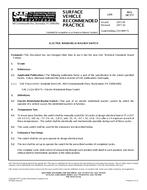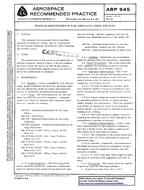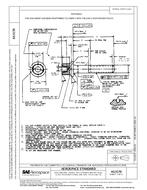Click here to purchase
As a simulation of road driving, wind tunnel testing of full-size vehicles produces certain errors in the aerodynamic forces, aerodynamic moments, and surface pressures. The magnitude of these errors, in general, depends on the following: a.) Flow quality, b.) determination of the reference dynamic pressure, c.) Wind tunnel floor boundary layer, d.) test section geometry and position of the car within that geometry, e.) shape of the vehicle, f.) Blockage ratio: The ratio of the cross-sectional area of the vehicle to the cross-sectional area of the wind tunnel nozzle, g.) Wheel rotation, and h.) Internal flow in the model.The SAE Standards Committee, Open Throat Wind Tunnel adjustments, had as a goal to document the knowledge of the influence of model interference on wind tunnel test results for automotive open jet wind tunnels. This document contains the following information related to this subject: a.) Design data of open throat wind tunnels, b.) A summary of published and unpublished test data, c.) Documentation and theoretical explanation of various blockage correction procedures for automotive tests, d.) Critical evaluation of blockage correction procedures, especially in relation to other influences, such as test section geometry, position of the car, floor boundary layer, etc., and e.) recommendation of a calibration procedure to determine the effect of blockage and other influences in each individual wind tunnel.
Product Details
- Published:
- 06/01/1994
- File Size:
- 1 file , 770 KB


